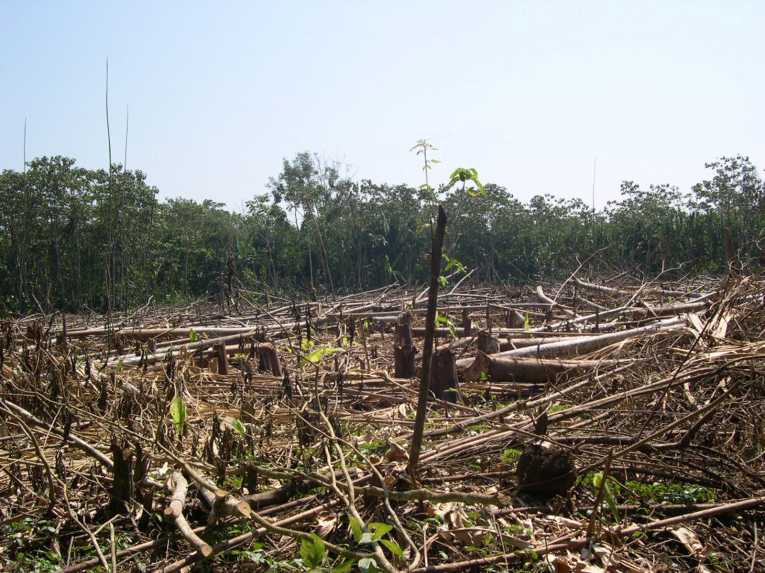Man has been influencing Earth's climate for at least 8,000 years say Swiss researchers. The rise and fall of the Roman Empire; the Black Death, and the colonisation of the Americas all had a significant impact on the environment due to changes in forestation.
Early man began by clearing woody areas to improve hunting and gathering opportunities. Next the first farmers had a larger impact by clearing forest for early slash and burn agriculture. This is a very inefficient process as it needs large areas to support a single person.
As time went on, farmers became more effective as irrigation, better tools, seeds and fertiliser became more efficient. Better agricultural practices counterbalanced the increase in population, and contained the impact of human pressure on the natural environment.
Existing climate models assumed little human influence on the environment before 1700 AD and the beginnings of the industrial revolution. Professor Jed Kaplan at the Ecole Polytechnique Federale de Lausanne said, 'Our new model shows that this is absolutely not the case. Humans have been influencing the planet's environment for many thousand's of years. Our model gives fairly precise estimates of human origin carbon emissions in the pre-industrial era.'
A first major boom in manmade carbon emissions occurred 2,000 years ago mirroring the expansion of the Roman Empire and the rise of civilisations in China. This is a time of rapid increase in human populations with large empires providing a stable political environment for their peoples to flourish. It's also a time when records were well kept. The mini boom in carbon emissions came about due to early industrial activity in metallurgy and salt making, and the expansion of agricultural land into previously forested areas.
The impact of the fall of the Roman Empire, the discovery of the Americas, and the Black Death, (which killed a third of Europe's population) all show up in the new model in falling carbon emissions as the forests recover and regrow, and more trees absorb carbon dioxide.
Kaplan has a hypothesis about a dip in carbon dioxide in the atmosphere in the 16th century which heralded the little Ice Age, '90% of the indigenous populations of the Americas were wiped out by explorers carrying disease, between 1500 and 1560 or so. The lightly forested lands that these people had occupied became reforested, and absorbed significant quantities of CO2, cooling the world.'
Kaplan's model diverges from existing estimates of past land use that assumed that human activities were insignificant before the Industrial Revolution. 'We believe that human influence on the climate began a lot earlier than others thought. In 6000 BC, we already started putting significant quantities of carbon dioxide in the atmosphere, even though it was very slow compared to the situation today', adds the scientist. 'Forests have a huge impact on the earth's climate.'
Image © Gregory Delattre










